Introduction
G
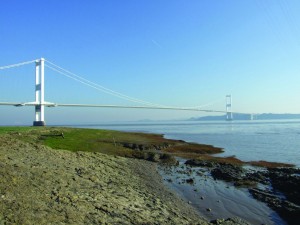
Precious geological exposures by the Severn Estuary could be threatened by a proposed scheme to build a barrage to harness tidal energy (Beachley Point, Gloucestershire).
eoconservation is broadly concerned with the protection of geological and geomorphological features. These features are fundamental in virtually everything we do – they create our environment, provide a source of wealth, influence our cultural identity, and play an important role in our future development (Stace & Larwood, 2006). We have no doubt about the value of geoconservation and our aim is to advance its cause for the benefit of all.
Geological features and landforms are subject to a wide range of threats. They may be obscured, damaged or removed by building development, landscaping, landfill, vegetation encroachment, coastal engineering and river management, quarrying and natural erosion. Even vandalism, over-zealous fossil collecting or insensitive scientific sampling can destroy small or unique sites. Conservation efforts are therefore needed to protect and promote them for public benefit and to preserve their value for the future.
Geoconservation advocates the wise use and management of our geodiversity heritage. It can lead to the restoration and access of significant sites for school parties, university students, researchers and anyone interested in the local geological evidence of the Earth’s history of environmental change and biological evolution.
Case studies:
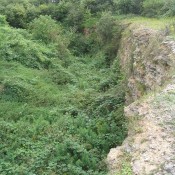
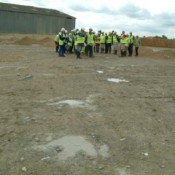
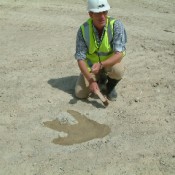
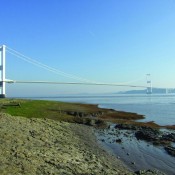
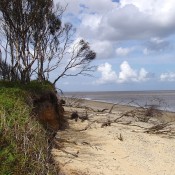

 Copyright © 2025
Copyright © 2025